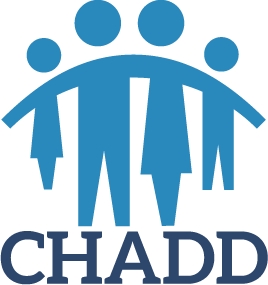General Prevalence of ADHD
GLOBAL
A meta-analysis of 175 research studies worldwide on ADHD prevalence in children aged 18 and under found an overall pooled estimate of 7.2% (Thomas et al. 2015). The US Census Bureau estimates 1,795,734,009 people were aged 5-19 worldwide in 2013. Thus, 7.2% of this total population is 129 million—a rough estimate of the number of children worldwide who have ADHD.
Based on DSM-IV screening of 11,422 adults for ADHD in 10 countries in the Americas, Europe and the Middle East, the estimates of worldwide adult ADHD prevalence averaged 3.4% (Fayyad et al. 2007)
UNITED STATES
An estimated 6.5 million children (10.5 percent) have a current ADHD diagnosis (Danielson, Claussen, Bitsko et al 2024). An estimated 15.5 million adults (6.0 percent) have a current diagnosis of ADHD (Staley et al 2024). The current combined estimate of adults and children with ADHD is 22 million people.
ADHD Prevalence in Children & Adolescents
References
Danielson, Melissa L., Angelika H. Claussen, Rebecca H. Bitsko, et al. (May 2024). ADHD Prevalence Among U.S. Children and Adolescents in 2022: Diagnosis, Severity, Co-Occurring Disorders, and Treatment. Journal of Clinical Child & Adolescent Psychology: 1-18.
Fayyad J. et al. (May 2007). Cross-national prevalence and correlates of adult attention-deficit hyperactivity disorder. British Journal of Psychiatry, 190(5):402–409.
Thomas, Rae et al. (April 2015). Prevalence of Attention-Deficit/Hyperactivity Disorder: A Systematic Review and Meta-analysis. Pediatrics, 135(4), pp. e994–e1001.
Staley, Brooke S. et al. Attention-Deficit/Hyperactivity Disorder Diagnosis, Treatment, and Telehealth Use in Adults — National Center for Health Statistics Rapid Surveys System, United States, October–November 2023. MMWR Morbidity and Mortality Weekly Report 73, no. 40 (October 10, 2024): 890-895.


